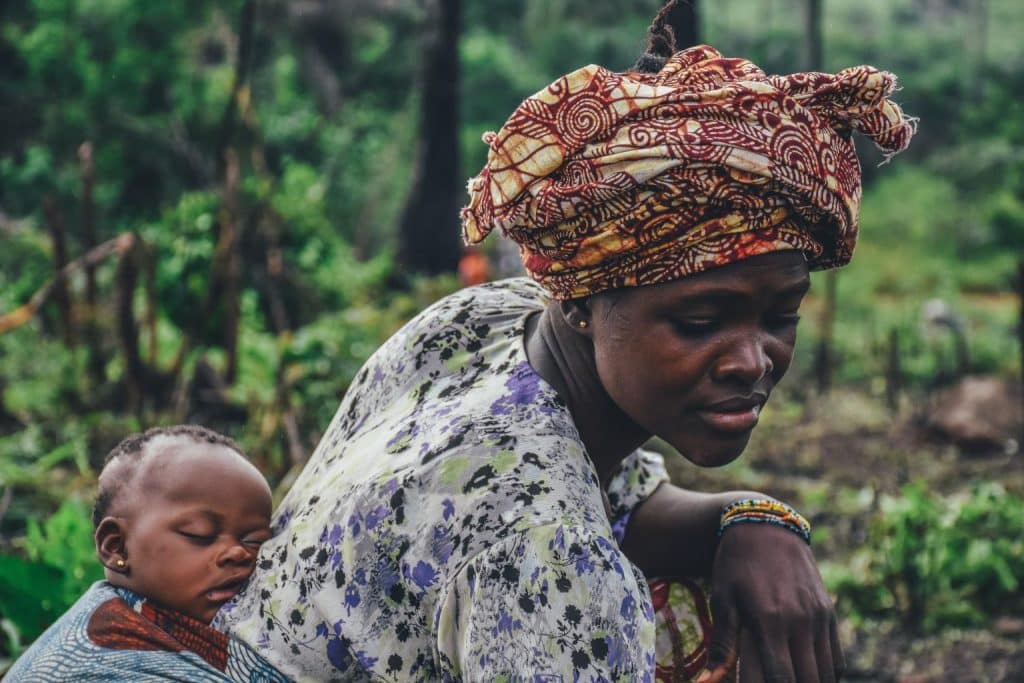A lot of things that have surprised me at COP28.
The weird little electric train that looks like it belongs at Rainbow’s End, transporting suited and booted delegates from one end of Expo City to the other.
Walking smack bang into the torso of a very tall, very elderly man who turned out to be the former US Secretary of State turned Special Presidential Envoy for Climate, John Kerry.
The fact that many people still think Jacinda Ardern is our Prime Minister, and look genuinely bereft when I tell them otherwise.
But the thing I least expected was to be moved to tears.
I’m really not much of a cryer. Throughout my career in journalism and humanitarian aid, I’ve heard many tragic stories and seen things I wouldn’t wish on anyone.
Don’t get me wrong, they all affected me deeply, but crying about it somehow felt self-indulgent. I’ve always been conscious of how extraordinarily lucky I am to have a healthy young family and a warm, safe place to go home to.
So, it was only when I tasted salt on my lips that I realised what was happening. They weren’t tears of sadness but of pure frustration, possibly built-up over the past week, spilling out during a talk on gender and climate change.
Frustration, because yet again, I was hearing about a stupidly simple solution to our climate and biodiversity crises that we’ve largely ignored.
80% of the world’s small-scale agricultural workers are women. They are experts in resource management, sustainable farming techniques and protecting biodiversity. They’re attuned to weather patterns, keepers of indigenous knowledge and community organisers.
Women also face increased vulnerability to climate change. It affects their livelihoods and they are often responsible for securing food and clean water while simultaneously caring for children and elderly relatives.
To make things even trickier, in many societies, women still have limited access to financial resources or any meaningful decision-making power.
Given all of this, you can imagine my shock when Women for Women and Daughters for Earth founder Zainab Salibi explained that currently less than 1% of climate and environmental philanthropic funding go to women-led initiatives.
Let that sink in. LESS. THAN. ONE. PERCENT.
Just as I picked my jaw back off the floor, Ms Salibi dropped another bombshell; globally, only 2.3% of impact funds go to female-founders.
Now, I’m no statistician, but if women make up 51% of the population, I’m pretty sure the math doesn’t math. Right?
It also begs the question, where in the world has all that money gone?!
Thankfully, organisations like Daughters for Earth are doing their darndest to change the paradigm. The non-profit is essentially a giving circle of female donors committed to supporting other women, primarily in developing countries. The money raised goes to female-led environmental projects, with an emphasis on scalable conservation, restoration and regenerative agriculture initiatives.
“We don’t need to empower women. They’re already powerful. We just need to harness that power,” says Zainab Salibi.
Wanting to learn more about the intersection of gender and climate, I attended a panel discussion which featured an underwhelming Hilary Clinton, Executive Director for the United Nations Environment Programme, Inger Andersen and the absolute force of nature (pun intended) that is Chadian activist Hindou Oumarou Ibrahim.
Ms Ibrahim leads the International Indigenous Peoples Forum on Climate Change (IPFCC) and has driven gender equality campaigns, and projects for income generation through sustainable agriculture.
Chad was once home to one of Africa’s largest waterways, but Lake Chad has shrunk by 90% since the 1960s due to chronic drought and modern irrigation. This has had a devastating impact on agriculture and fishing industries, driving up the price of food, and widespread shortages of clean water. Over the years, violent conflicts have broken out as people fight over increasingly scarce resources.
Despite this, Hindou Oumarou Ibrahim stated clearly, she had not come to COP28 as a victim.
“We have the solutions to climate change already in our communities. We need to recognise and respect the traditional knowledge of indigenous women who have been stewards of the environment for generations. There is much to learn from them. Their place should not be in the shadows, it should be in the light.”
Those solutions include scaling-up the use of drought-resistant crops, integrating trees into farmland to create microclimates, composting and building low-cost ‘sand dams’ across seasonal rivers to trap water during the rainy season, for irrigation and drinking throughout the year.
Towards the end of the discussion, Ms Ibrahim and the rest of the panel invited a special guest and ally to join them on stage. I instantly recognised the very tall, very old man with a surprisingly youthful spring in his step as John Kerry.
“Gender-responsive climate action is not just the right thing to do,” he drawled, preaching to the mostly female choir. “Women are agents of change and make up more than half the population. If we want to reach our climate goals, we need their full participation.”
And yet again, COP28 surprised me – partially restoring my faith in old white dudes in positions of power.
**Disclaimer: John Kerry’s feelings are unlikely to be hurt by this article. He has referred to himself on numerous occasions, as male, pale, stale and “Yale”.
***Image credit: Annie Spratt on Unsplash
